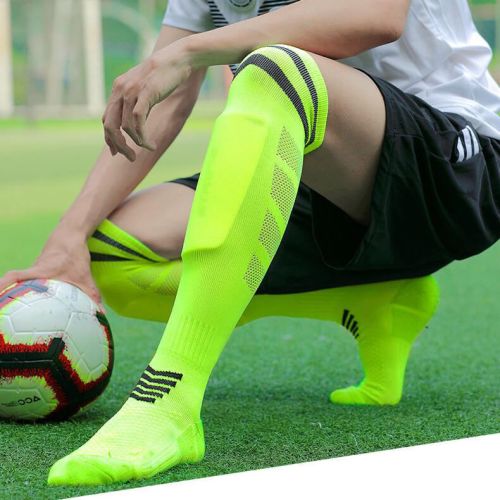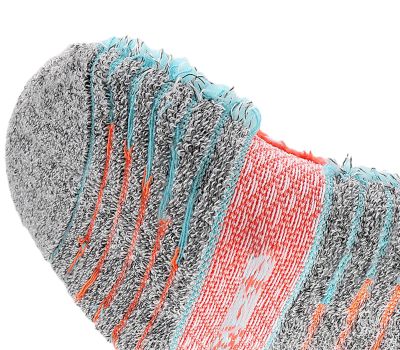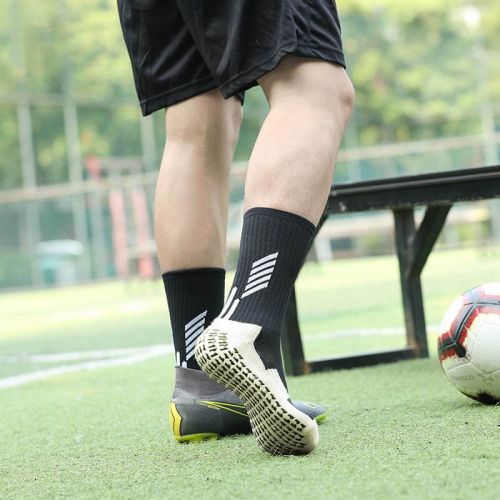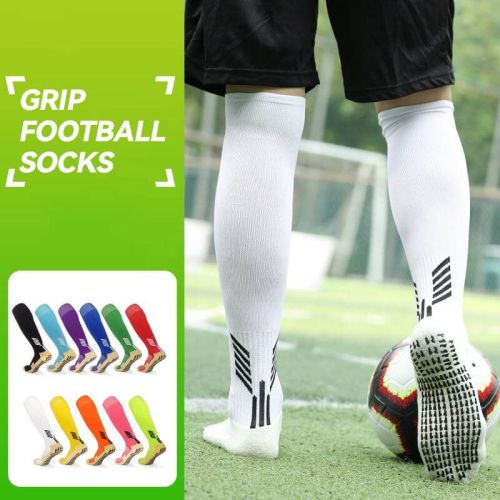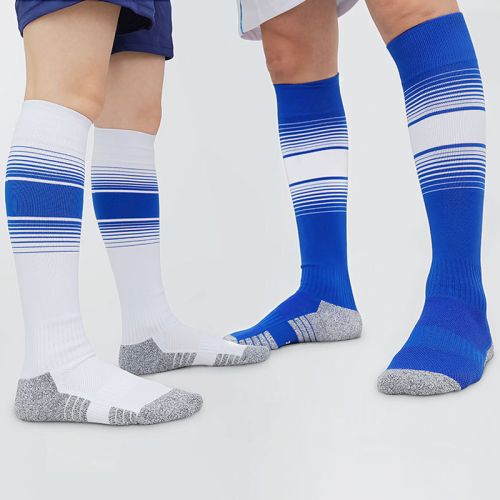Seemingly an insignificant detail of a footballer’s kit, the role of socks in improving performance and preventing injury should not be overlooked, no matter what level a player is at.
We know that footballers can get sweaty soles during the game, leading to slips, blisters, abrasions and even sprains. To address these issues, here is a look at the science behind football sock selection and the technological advances in the industry.
Material: Breathable & Durable
Modern football socks are mainly made from synthetic materials such as polyester and nylon. These have several advantages:
- According to a study published in the International Journal of Exercise Physiology and Performance, synthetic fabrics are excellent at wicking sweat away from the skin, keeping feet dry and comfortable. This reduces the risk of chafing and blisters. Combined with Influence of Functional Finishes and Polyester Type on Comfort Properties of Active Sportswear, the study found that the percentage increase in sweat absorption of synthetic fibres such as polyester compared to cotton.
- A report from the Textile Research Institute examines the abrasion resistance of different fabrics. The report highlights the superior durability of synthetic fibres such as nylon or polyester under repeated stress compared to natural fibres such as cotton. Synthetic materials are therefore more resistant to abrasion, which reduces the risk of abrasions and other scuffs caused by the constant movement of the game.
However, the ideal material depends on personal preference and playing conditions. Some footballers prefer to mix it with natural fibres such as cotton to increase breathability – after all, you only need one goalkeeper for a match.
Cushioning impact: Padding & Protection
Football involves a lot of impact movements. Padding in the heel and forefoot absorbs shock and reduces stress on the joints.
- A review article in the British Journal of Sports Medicine examining the effectiveness of various interventions for plantar fasciitis highlights the potential benefits of shock absorption in reducing the pain associated with the condition. Therefore, padding in the heel and forefoot areas of football socks may help prevent overuse injuries such as plantar fasciitis.
- The level of padding can vary depending on the player’s position. Goalkeepers, known for diving and landing on their knees, often wear thicker socks for additional protection.
Compression & Proprioception:
A study published in the Journal of Strength and Conditioning Research explored the effects of compression garments on proprioception. The results suggest that compression socks may enhance proprioception in athletes . Therefore the compression feature of professional football socks may enhance blood circulation and provide a snug fit, thus improving proprioception (body awareness) and agility.
Maybe someone will ask,will compression socks help foot pain?
The answer is yes, but it does not relieve nerve and fracture pain. It can relieve problems caused by plantar fasciitis, swelling and varicose veins, and the graduated compression of the sock improves circulation, which relieves general pain.
Many athletes wear compression socks for a period of time after training or competition to help relieve the soreness caused by exercise.
Grip Socks and Kicking Accuracy:
A 2020 study by the University of Bath found a significant correlation between grip socks and improved kicking accuracy.
- Many players wear grip socks with rubberised dots on the underside. This improves traction inside the boot, minimising slippage and improving control during fast movements.
- Some players prefer football socks with a striped design on the underside, designed to achieve the same effect by increasing friction with the inside of the boot through a dimpled pattern.
Crew vs. Knee vs. Grip Socks: Weighing the Options
- Crew Socks: These are the most common type, offering good breathability and a comfortable fit. They might not provide the same level of grip as dedicated grip socks.
- Knee-High Socks: These offer additional warmth and compression for some players. However, they can be more restrictive and less breathable.
- Grip Socks: These prioritize in-boot traction, but may not be as comfortable or breathable as crew socks.
Ultimately, the choice depends on individual needs, playing conditions, and personal preference.
INVEST IN ZONE IN ATHLETE PRO FOOTBALL SOCKS TODAY.
Football socks are an important but often overlooked component of a player’s equipment. By understanding the science behind materials, padding and function, players can choose the right socks to optimize comfort, performance and injury prevention.Zone in Athlete football socks are a great investment. Not only do they meet all the functions you need, but they are also designed based on professional football socks and made of high-quality synthetic fibers for textiles, making them durable.
If you are interested in learning more about the scientific research of sports socks, please subscribe to our blog or follow us on social media.
